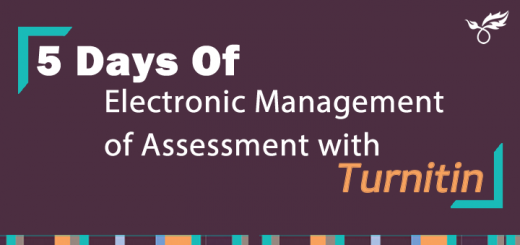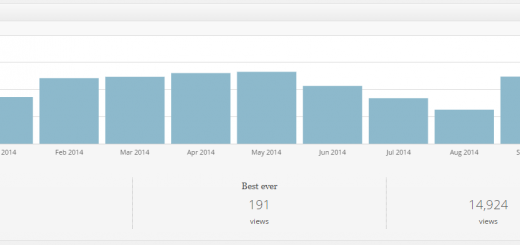Flipped Classroom
Flip teaching (or flipped classroom) is a form of blended learning which encompasses any use of technology to leverage the learning in a classroom, so a tutor can spend more time interacting with students instead of lecturing.
Flipped Learning is a pedagogical approach in which direct instruction moves from the group learning space to the individual learning space, and the resulting group space is transformed into a dynamic, interactive learning environment where the educator guides students as they apply concepts and engage creatively in the subject matter. (Flipped Learning Network)
Flipped classroom is a reversed teaching model that delivers instruction at home through interactive, tutor-created videos and moves ‘homework’ to the classroom. Moving lectures outside of the classroom allows tutors to spend more 1:1 time with each student. Students have the opportunity to ask questions and work through problems with the guidance of their tutors and the support of their peers – creating a collaborative learning environment.
The traditional pattern of teaching has been to assign students to read a section of a textbook outside of normal contact time, which will then be discussed the next day in lectures or seminars. Students would then be assigned an assessment for homework to demonstrate their mastery of the topic. In flip teaching, the student first studies the topic by themselves, typically using video lessons created by the tutor, or shared by another educator. In the classroom, the student then tries to apply the knowledge by solving problems and doing practical work. The role of the tutor is then to assist the student when they become stuck, rather than to impart the initial lesson. This allows time inside the class to be used for additional learning-based activities, including use of differentiated instruction and project-based learning.
Flip teaching allows more hands-on time with the tutor guiding the students, allowing them to assist the students when they are assimilating information and creating new ideas (upper end of Bloom’s Taxonomy). Flipping the classroom has also proved to lessen the drop out rate among students, and an increase in the amount of information that the students learn. Many people speculate that flipping the classroom would be harmful to students who do not have access to the internet outside of class. However, many teachers have found ways around this by burning CDs, and giving out USB drives with the videos on it.
In the video below, Salman Khan talks about how and why he created the Khan Academy, a carefully structured series of educational videos offering complete curricula in math and, now, other subjects. He shows the power of interactive exercises, and calls for tutors to consider flipping the traditional classroom script – give students video lectures to watch at home, and do ‘homework’ in the classroom with the tutor available to help…
Aaron Sams and Jon Bergman from Woodland Park, CO have flipped their classrooms on their head. Now, kids watch lectures at home and come to class to do more experiments and interact with the tutors. They’ve also implemented a Moodle testing solution to verify that the students have mastered each topic before they can move onto the next…
Moving the delivery of basic content instruction online gives students the opportunity to hit rewind and view again a section they don’t understand or fast-forward through material they have already mastered. Students decide what to watch and when, which, theoretically at least, gives them greater ownership over their learning.
Viewing lectures online may not seem to differ much from the traditional homework reading assignment, but there is at least one critical difference: Classroom time is no longer spent taking in raw content, a largely passive process. Instead, while in classes, students do practice problems, discuss issues, or work on specific projects. The classroom becomes an interactive environment that engages students more directly in their education.
In the flipped classroom, the tutor is available to guide students as they apply what they have learned online. One of the drawbacks of traditional ‘homework’ is that students don’t receive meaningful feedback on their work while they are doing it; they may have no opportunity to relearn concepts they struggled to master. With a tutor present to answer questions and watch over how students are doing, the feedback cycle has greater potential to bolster student learning.
The flipped classroom provides avenues for tutors to become facilitators of learning & move away from the sage on a stage approach to teaching. The goal is to extend learning time conversation outside of class through threaded discussion.
Here at YSJ some staff are using Camtasia Relay to record their lectures, either live or pre-recorded, and sharing them with their students via our Media Library. Others are recording video tutorials, or creating learning resources for their students [examples to follow].
Are you, or have you considered, flipping your classroom? What are/were your experiences? What are the enabling/hindering factors?
Phil
Further Reading
- EDUCAUSE: 7 Things You Should Know About Flipped Classrooms [PDF]
- WIKIPEDIA: Flip Teaching
- FLIPPED LEARNING NETWORK: A Professional Learning Community for Teachers Using Screencasting in Education
- TECHSMITH: Flipped Learning
- THE FLIPPED CLASSROOM: Turning Traditional Education on Its Head [Infographic]
- SCOOP.IT: The Flipped Classroom
- EDUDEMIC: The 10 Best Web Tools for Flipped Classrooms
- CAMPUS TECHNOLOGY: 6 Expert Tips for Flipping the Classroom
- FLIPPED LEARNING Network: What is Flipped Learning? [PDF]



Here’s a nice infographic on the Flipped Classroom.
Hi Phil, I am secondary Food Tech teacher just wondered if you knew of any resources/courses/help around for practical subjects and flipped learning. I am contemplating trying the approach out